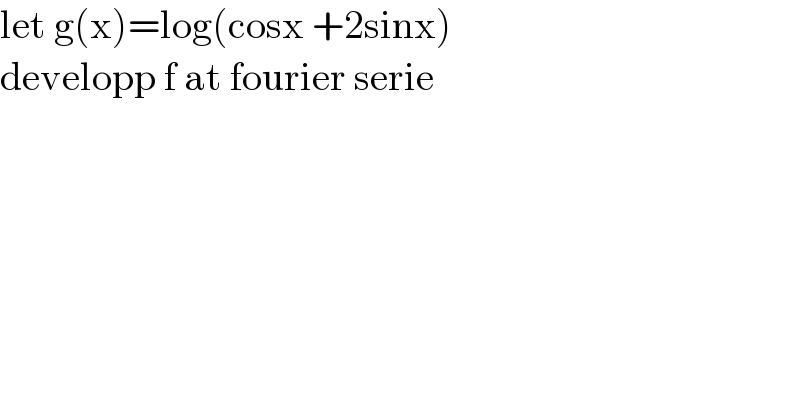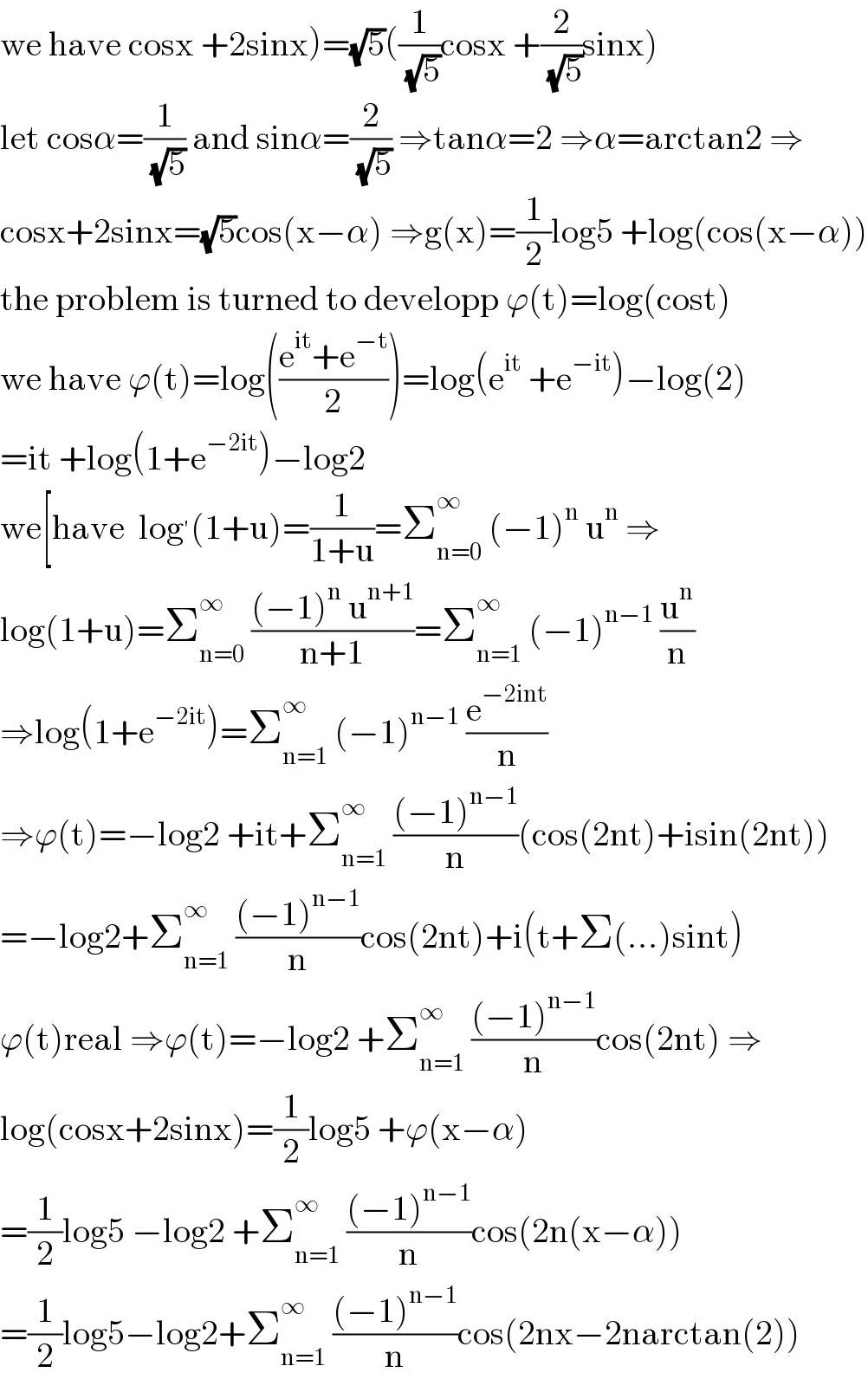
Question and Answers Forum
Previous in Relation and Functions Next in Relation and Functions
Question Number 144702 by mathmax by abdo last updated on 28/Jun/21

Answered by mathmax by abdo last updated on 28/Jun/21

| ||
Question and Answers Forum | ||
Previous in Relation and Functions Next in Relation and Functions | ||
Question Number 144702 by mathmax by abdo last updated on 28/Jun/21 | ||
 | ||
Answered by mathmax by abdo last updated on 28/Jun/21 | ||
 | ||
| ||